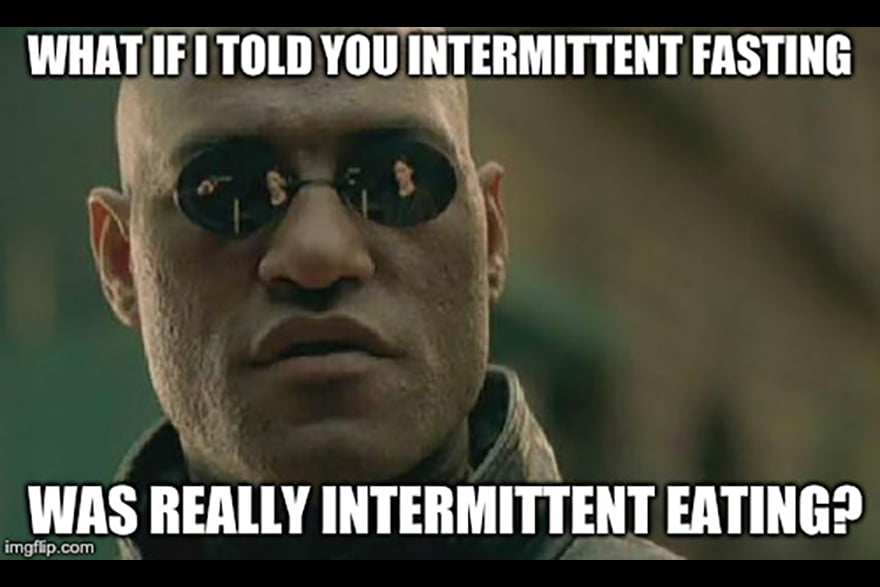
Now is the time of year to make those resolutions. As a follow-up to #1, the best ways of keeping yourself healthy for life are avoiding tobacco, drinking alcohol only in moderation, aiming for 30 minutes a day of moderate to rigorous exercise, maintaining a healthy weight and diet (mostly plant based), and controlling your stress levels.
I think the thing I talk with most people about from those is weight and diet control. There are billions of opinions on this and nothing works for everybody, but something I've become more interested in lately has been the idea of intermittent fasting. I don't believe in it's power to directly lead to weight loss, but I do feel like it helps reset your expectations of your body and how it should function throughout the day with or without food. It's been shown to be about as effective as reducing your calories and probably a little less monotonous.
I'll say that the rule of 3's from wilderness medicine is that you can survive 3 minutes without air, 3 hours without shelter, 3 days without water, and 3 weeks without food. It's a generalization, but telling that food is so low down on the list.
This is a good challenge to give yourself.
Here is a good short article talking about how intermittent fasting improves diabetes and heart health.
And here is a longer one about how it gives you super powers - I like this one better.
Let me know if you have any questions about whether this would be right for you